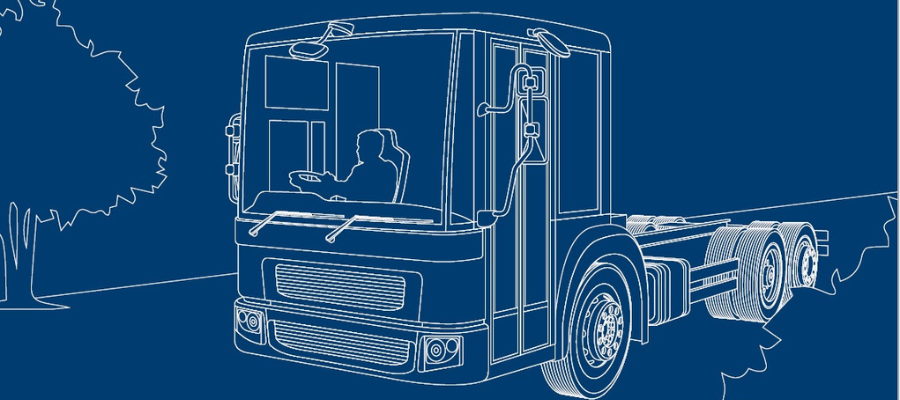🕒 Article read time: 2 minutes
TfL’s new Direct Vision Standard ignores industry concerns, says Logistics UK and RHA in joint statement

The Road Haulage Association (RHA) and Logistics UK, the two main groups representing the UK’s hauliers, have expressed disappointment that the new Direct Vision Standard (DVS), published on 5 September 2023 by Transport for London (TfL), does not take into account concerns that have already been expressed by industry.
Both organisations are fully committed to improving the safety of all road users, and putting in place workable solutions that reduce the risk of road fatalities. However, the industry has already raised concerns over the proposed changes to the scheme – which will place a huge onus on operators, with no regulatory oversight from TfL and no accreditation process for the new regulations.
Tighter safety standards for DVS for HGVs operating in the capital are due to be introduced in October 2024, by which time operators will be required to replace equipment already installed by the sector in good faith to meet the current “safe system”, but which may not meet the revised standard. In addition, TfL has not made clear why existing kits may need to be replaced under the new requirements.
Both trade bodies reiterate their support for the Mayor’s Vision Zero road safety strategy, including continuous improvements to ensure the safe operation of vehicles.
But short lead-in times, a lack of available kit and a dire shortage of qualified fitters will make it nigh-on impossible for the industry to prepare and be ready for the changes next autumn.
Hauliers need certainty to understand what they are expected to do to ensure they plan ahead and invest in the right equipment. They also need assurances that further changes will not be necessary once the new equipment is installed.
Manufacturers and suppliers will also need to understand what their customers will be required to do to ensure that they can service that demand.
The RHA and Logistics UK are committed to continued partnership and collaboration with TfL and other stakeholders to help prepare the industry for the changes ahead.
*www.logistics.org.uk/campaigns
Published On: 07/09/2023 15:00:00

Comments Section
If you are a Logistics UK member login to add comments.
In brief
Turning right is the most dangerous manoeuvre for British car drivers, with 186,009 reported collisions between 2012 and 2021
A new study by Forbes Advisor using data from the Department for Transport’s 2021 annual report on reported road casualties in Great Britain from 2012 to 2021, has revealed that the most dangerous manoeuvre on British roads for car drivers is turning right.
Slowing or stopping was the second most dangerous manoeuvre, with 130,709 reported collisions between 2012 and 2021.
With 112,755 recorded incidents, the third most common cause of collisions for cars was being held up while waiting to go.
The most dangerous manoeuvre for light goods vehicles was turning right, with 12,418 recorded collisions from 2012 to 2021. Slowing or stopping caused the next most recorded collisions, with 10,151 in total. Light goods vehicles were involved in 7,266 recorded collisions while parked, the vehicle type’s third most frequent.
Heavy goods vehicles (HGVs) were involved in the most collisions while slowing or stopping, with 3,714 recorded collisions between 2012 and 2021. 2,859 recorded collisions involving HGVs occurred while they were parked. Turning right resulted in the third most collisions for HGVs, with 2,857 recorded collisions.
Latest articles
National Highways launches Too Close for Comfort campaign
It's time to back off and stop intimidating the person driving in front of you.
Read time: 2 minutes
View article
Policy win: Government launches new strategies around growth, infrastructure and trade
Last month, the UK government published the long-awaited Modern Industrial Strategy, Trade Strategy, and Infrastructure Strategy – each setting out intentions, ambitions and next steps for respective policy areas, central to the future of logistics.
Read time: 3 minutes
View article
Generation Logistics Case Study
Grace Brown, Logistics Degree Apprentice - ASDA.
Read time: 2 minutes
View article